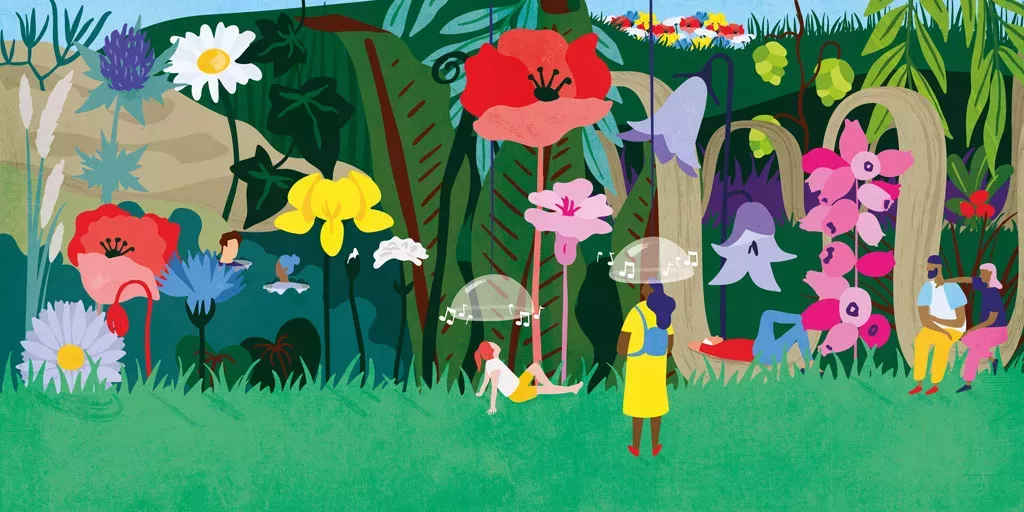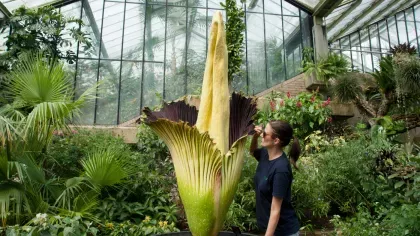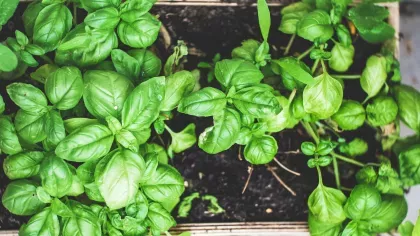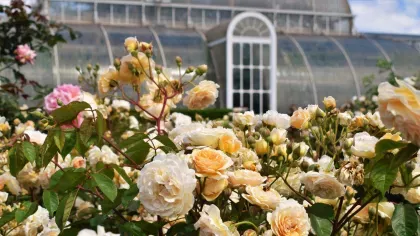16 August 2021
Why do plants smell?
From sweet floral notes to putrid rotting flesh, find out what makes a scent attractive to pollinators.

Despite the pleasure we receive from the delicate aroma of a rose or the herby scent of rosemary, humans are not the primary reason why plants smell.
For plants, smell is a vital form of communication. Their scents are a form of ‘volatile organic compound', a combination of complex chemicals that easily evaporate and float through the air to attract pollinators and repel predators.
In other words, plants produce smells to seduce pollinators or to deter pests — leaving humans as mere passersby in this game of push and pull.
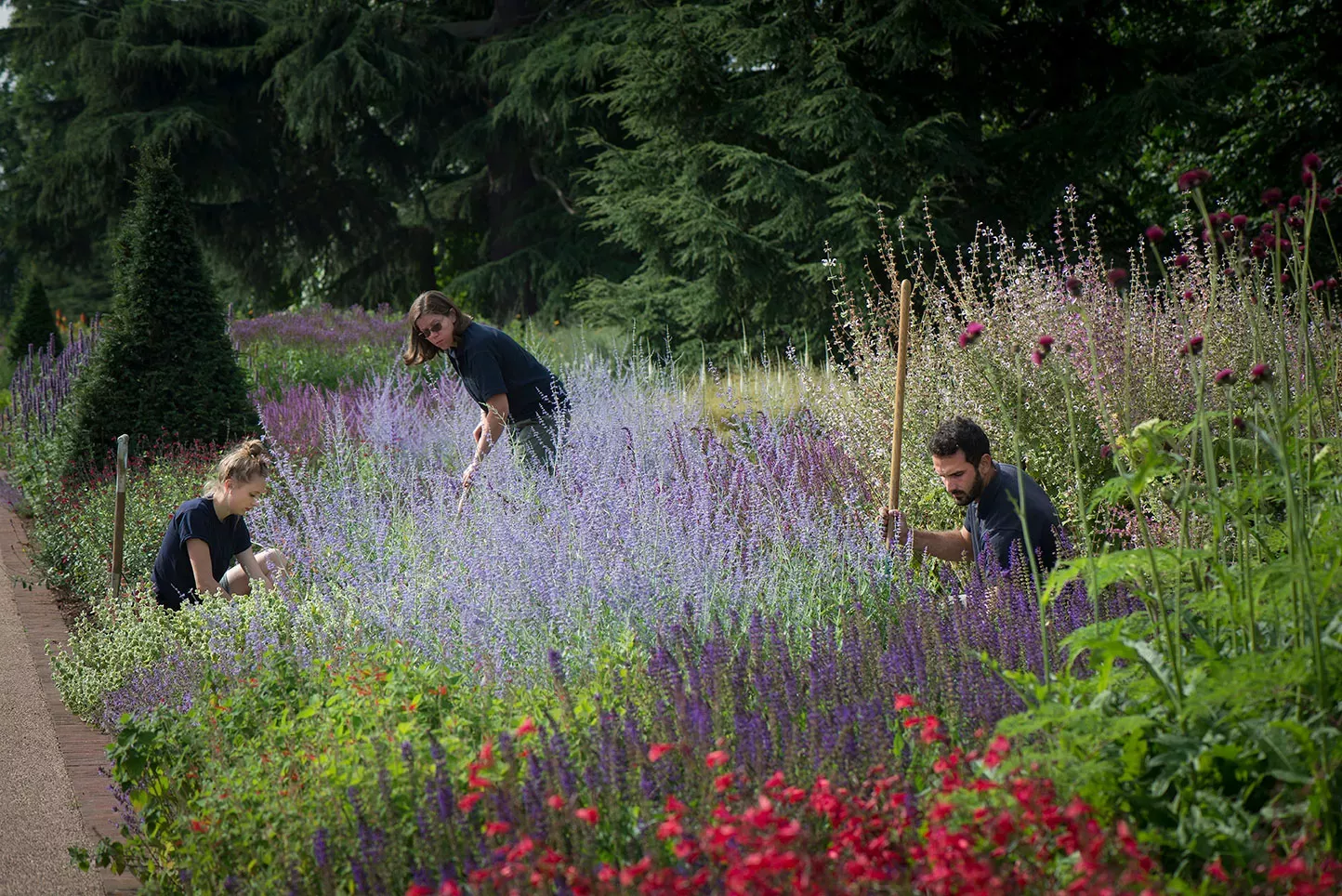
While the flowers of different species might appear similar in colour or shape, no two plants produce exactly the same scent.
When it comes to defining an ‘attractive’ smell, plants use wildly different methods of seduction.
Sweet and floral
‘A rose by any other name would smell as sweet’ is one of the most famous lines in the English language, celebrating the scent’s long association with romance.
But our understanding of what makes a rose smell quite so ‘sweet’ is continually evolving. In 1953, scientists had identified 20 chemicals in the fragrance of a rose. By 2006, this number had risen to more than 400.
While humans continue to unpack the mystery of this fragrance, our insect friends know exactly how to find it.
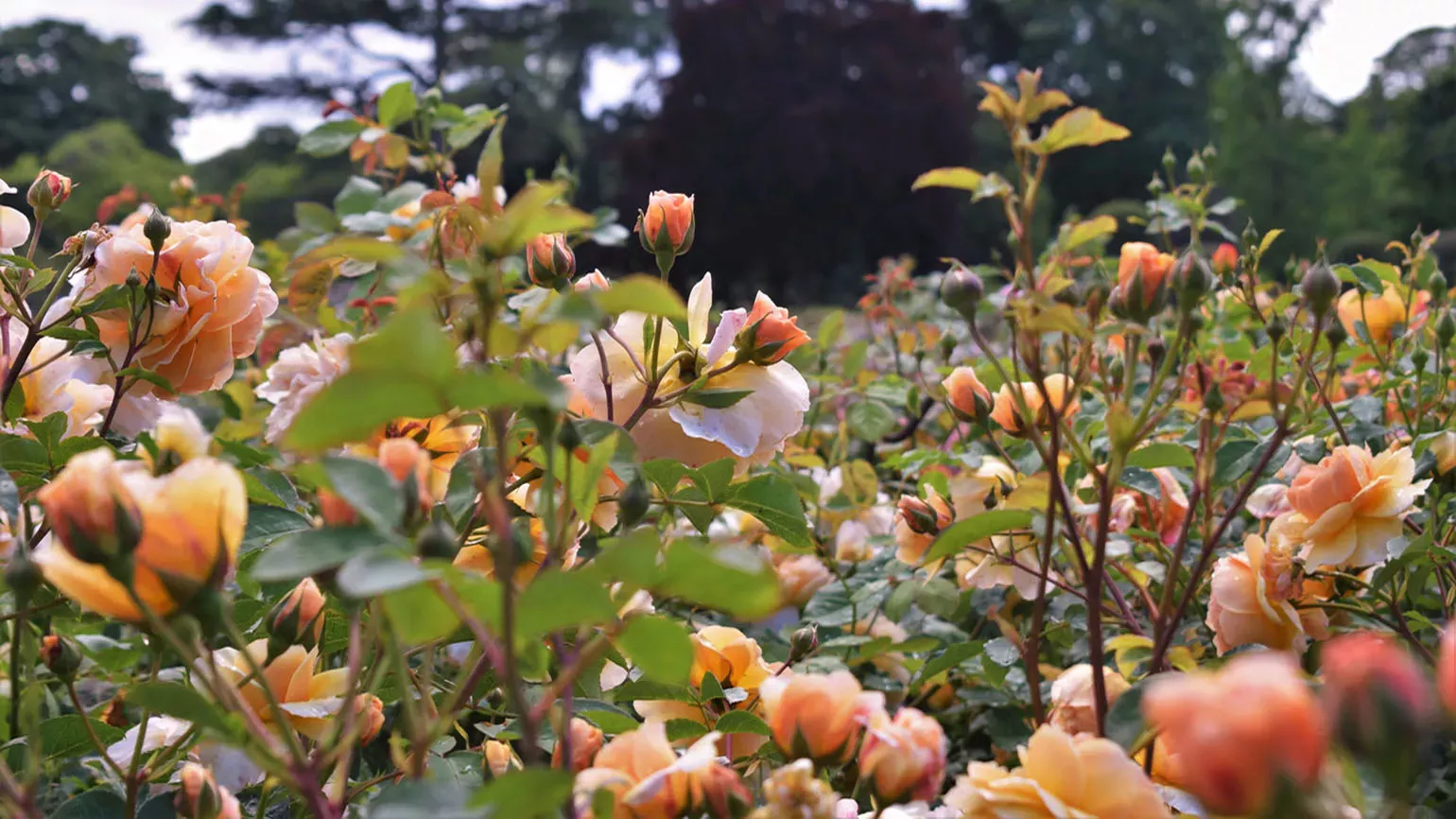
Sweet floral smells, like the fragrance of a rose or lily, are designed to attract pollinators that are drawn to a sugary aroma, such as bumblebees, honeybees and many butterfly species.
These scents are produced in the petals of a flower, combining with shape and colour to signal an attractive destination for hungry pollinators.
Did you know? Flowers pollinated by bees and butterflies usually release their scents in the day, while those pollinated by moths and bats release theirs at night.
A filthy stench
Not all pollinators have the same taste. Some are drawn to odours that imitate the smell of rotting flesh and dung — the environments insects like flies and beetles tend to feed and breed in.
The titan arum, also known as the smelliest plant on Earth, is a prime candidate for these pollinators.
Dubbed the ‘corpse flower’, it imitates a dead animal by releasing a foul, putrid odour which, combined with its dark burgundy interior, lures flesh-hungry pollinators towards its female flowers.
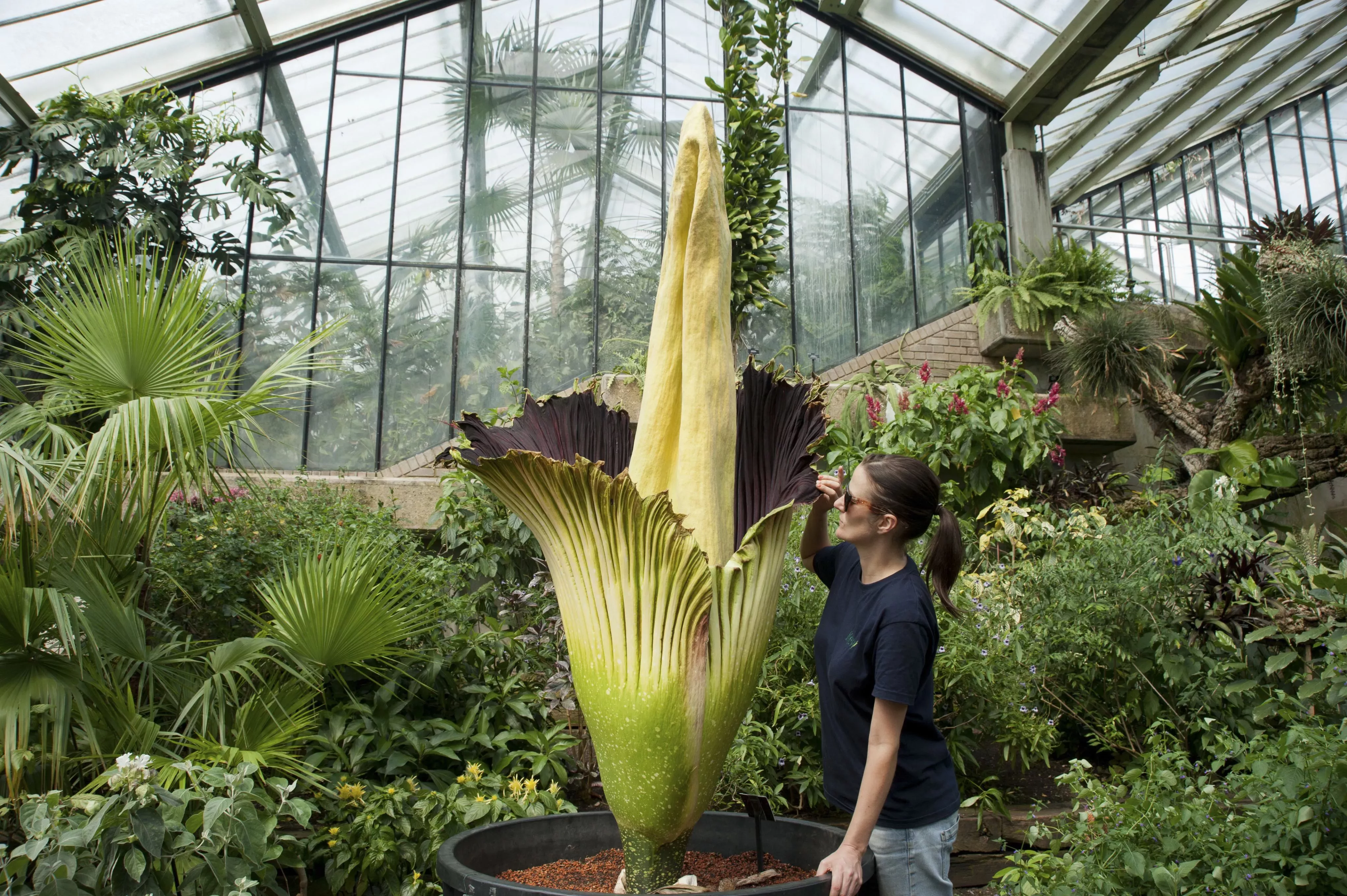
Native to the rainforest of Sumatra, this smelly plant can sometimes be seen between spring and summer in the Princess of Wales Conservatory at Kew.
If you’re curious about other smelly plants closer to home, try sniffing the small white flowers of a Bradford pear tree, which release a surprisingly fishy smell to attract its fly pollinators.
Fresh and herby
The invigorating smell of herbal plants such as rosemary, lavender, or mint reveals another side to the world of plant scents.
Some common herbs, such as basil, mint and lavender, form part of the Lamiaceae family. Many members of this family contain essential oils secreted by glandular hairs on the surface of their leaves.
The hairs swell like a balloon as the oils build up, releasing a scent when the leaves are touched or disturbed by the wind.
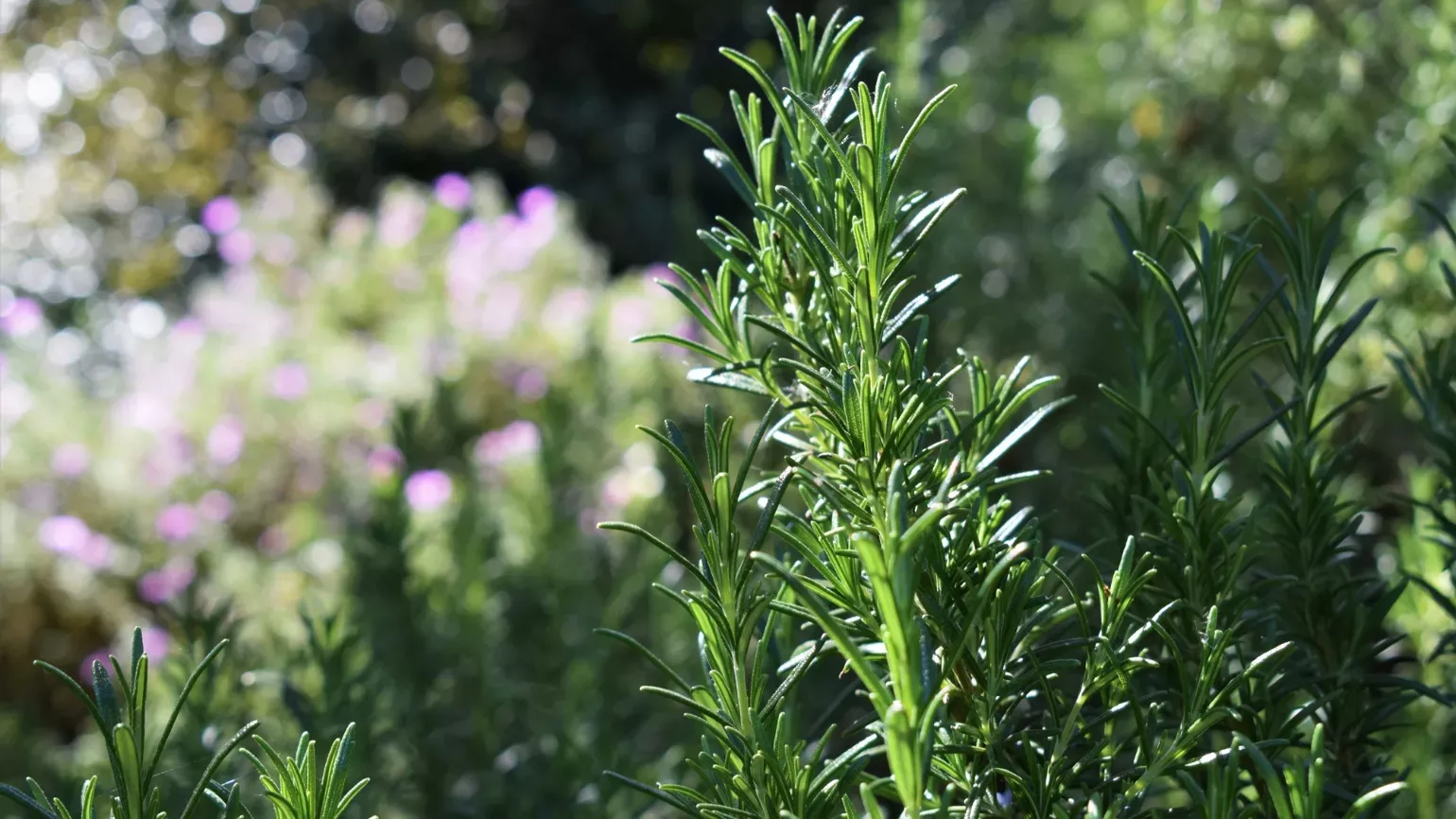
The minty, oily or sharp smells produced when you crush a leaf or stem also play a defensive role against some predators.
The strong bitter scent works to deter pests like aphids, slugs or even bigger animals. For example, rosemary, sage and thyme are believed to repel some species of rabbit, while plants like garlic can repel squirrels.
Visit us at Kew or Wakehurst to experience some of nature's most delicious smells — or try introducing some new scents to your garden and discover which surprising guests turn up for a feast.
